Unfortunately, the well-being and quality of life of the disabled is not promoted proportionally. This is partially because of the lack of a standardized rehabilitation program. In addition, the well-being and quality of life (QoL) are influenced by many complicated factors such as environmental and personal factors, leading to challenges for the rehabilitation service supplier. In many cases, the challenges to meet the demand of persons with disability (PWD) is directly proportional to the severity of disability. Tailored rehabilitation programs are recommended to overcome the specific challenge of a PWD. International Classification of Functioning, Disability and Health (ICF) emerges as a flexible and feasible tool to apply and personalize the rehab service. Here, we present the case of a 44-year-old man with cerebral palsy and very severe scoliosis deformity who is completely dependent on his elderly parents. With a patient-centered approach by using the ICF to investigate and communicate with his family, the needs of PWD help to guide our rehab service to overcome the difficulties and meet the demands of PWD. The health condition evaluation combined with the environmental and personal investigation, and PWD’s family discussion led to a rehab program and a customised wheelchair fit to his body structure and function, and daily activities. After more than 40 years, it is the first time he was taken to the pagoda near his house to pray for his family and find inner peace.
1. INTRODUCTION
Community rehabilitation is an integral part of health care for people with disabilities. Dong Nai province currently has 5,636 civilians who are Agent Orange victims, of which 2,610 are their disabled children receiving social and medical support (The Vietnam Association for Victims of Agent Orange/Dioxin (VAVA)., 2020). These are subjects with multiple deformities, malformations and associated complications throughout their development and need comprehensive and continuous rehabilitation monitoring. However, the rehabilitation program in the community in Dong Nai still has many shortcomings, in which the comprehensive assessment of needs and rehabilitation interventions for people with disabilities still has many shortcomings.
The framework 'International Classification of Functions, Disabilities and Health' (ICF) was published by the World Health Organization in 2001 based on a biopsychosocial model (Figure 1). This framework supports rehabilitation professionals to comprehensively assess barriers and enablers to orient rehabilitation programs in accordance with the needs of persons with disabilities and their families according to functional activities at the body and individual levels. body, and society (level of body, the person, and society) (WHO & ESCAP, 2008). In addition, ICF is a tool that is used as a common language for communication among experts and takes a client-centered approach to implementing their rehabilitation strategy.
Realizing the advantages of this framework, the Project on Policy Implementation and Therapy (DIRECT) is applying the ICF framework to assess the status of people with disabilities and orientate their needs to come up with an appropriate rehabilitation program for each person. PWDs. The objective of this paper is to report a case of particularly severe disability in which ICF was applied and to encourage the use of this framework in rehabilitation interventions for these PWDs in Vietnam.
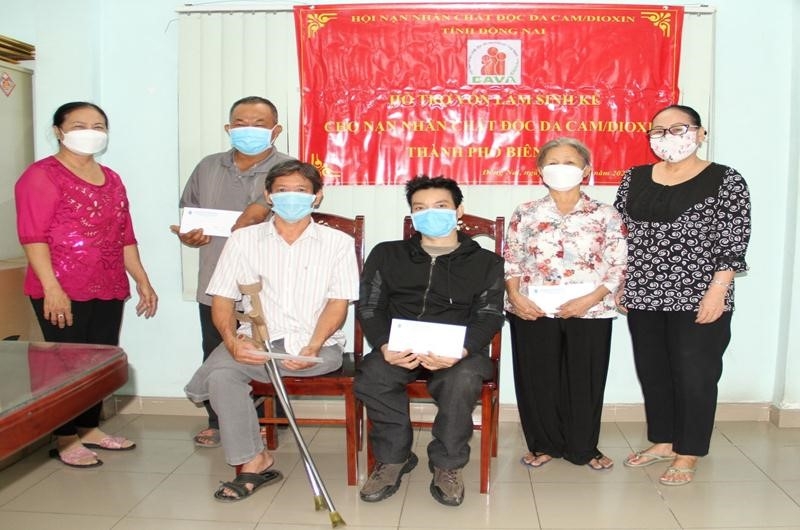 |
2. CASE REPORT
General information
A 44-year-old male PWD lives in Trung Dung ward, Bien Hoa city, Dong Nai province. He was born normal and full term. His family discovered that he had slow motor development and could not walk when compared with children of his age, so they took him to a hospital and center in Ho Chi Minh City for examination. The medical staff here advised to bring him home and the family to take care of themselves. Besides, daily living depends on relatives. It is worth noting that his family lives near a dioxin-contaminated area. He is in the category of particularly severe disability receiving subsidies from the locality and is suspected of being contaminated with Agent Orange. In December 2019, a group of rehabilitation experts from the Project on Policy Implementation and Therapy for People with Disabilities (DIRECT) of the Vietnam Association for the Support of People with Disabilities (VNAH) in Dong Nai province examined and assessed the needs of the disabled and the disabled. implement rehabilitation interventions.
Evaluation and intervention from the team of rehabilitation experts according to the following steps:
- Collect personal information.
- Collect medical history.
- Collect information based on ICF framework.
- Identify the main difficulties of daily living in a normal week from the perspective of PWD/Carers (CARRIER).
- Create SMART goals.
- Develop rehabilitation intervention program.
- Re-evaluate rehabilitation intervention goals and programs.
Identify the main difficulties of PWDs/CARRIER based on ICF to develop rehabilitation program
From the information collected based on the ICF framework, the rehabilitation intervention team identified the main difficulties of PWDs/CARRIER specifically as follows:
1) He has cerebral palsy, so it is very difficult to function in both hands. He usually uses his Left hand (T) to hold a glass of water, but is still dependent on his mother's support to pour/take the water into the cup and bring it to him to drink. Sometimes when he was thirsty he had to wait for his family to get water for him to drink, so he had difficulty and depended on his family.
2) His mother used to bathe him every day. However, because the area of the house is quite narrow (<30m2), the entrance to back house is only enough for iron frame pass through (51 cm wide) and shared bathroom with toilet also very small, so my mother cleans second area. legs are not clean because it possible sit low in scrub />clean the legs.
3) In addition to television entertainment, he really wants to go out to play, go to the temple to interact with people around. He loves to play building model houses (lego).
From the difficulties discussed with the PWD/CARRIER, the SMART goal and his rehabilitation program were established in a more comprehensive way. The rehabilitation program needs the coordination of a group of rehabilitation experts summarized as follows:
- Wedges improve posture and adapt drinking water containers to his current function, placed next to the iron frame he sits on to help him drink water independently.
- Teach your mother how to bathe in sequence.
- Encourage him to play with jigsaw puzzles - toys he enjoys to maintain and increase hand function.
- Measure the size of the body and lower limbs in a sitting position with an iron frame to design a chair/push frame suitable for his current situation to facilitate daily living and home environment. The car is used for his daily activities and used to push him out to go to the temple once a month.
3. DISCUSSION
The four areas of the ICF framework have helped paint a comprehensive picture of people with disabilities to identify their challenges and meet their needs. This framework captures the range of functions (competence and performance) and disabilities of people with disabilities by level of structure and function, activity and participation in their context (WHO & ESCAP, 2008).. In this case, the person with disabilities was unable to move out of the house on their own to the temple (impaired mobility leading to impairment in functioning and participation) due to involuntary muscle contractions and atrophy of the extremities. can walk (structural defect leading to impaired walking function) but can still perform the function of sitting independently when placed on a homemade iron frame by the CARRIER (with the ability and functional performance sitting on a homemade frame). The main CARRIER is old and carrying him over the iron frame is difficult due to improper design and the iron frame has small wheels that cannot be pushed out of the house (environmental factors prevent him from being pushed outside to play) although although he really wants to go out and go to the temple (personal factors). Therefore, the identification of difficulties, defects in body structure, function, activities and participation is based on the needs of PWDs/CARRIER, thereby finding out the causes and impacts of factors. environment and personal factors of people with disabilities (Steiner et al., 2002). This helps PWDs with particularly severe and complex disabilities to identify his real difficulties and needs to help him achieve his goal of going out and going to the temple on the full moon day of every month. In addition, applying ICF to help him and his family identify their needs can also improve their satisfaction with home rehabilitation service delivery (Farber, Kern, & Brusilovsky, 2015).
Environmental factors in ICF have a direct impact on improving the participation and quality of life of people with disabilities. Although this PWD has received attention from local and domestic and foreign organizations to support. But rehabilitation programs that focus solely on addressing structural or functional deficiencies will face difficulties. Because PWDs and PWDs know how to choose the appropriate adaptation/adaptation for PWDs, it helped them have the idea of designing an iron frame for PWDs to sit on. This is also the desire of PWDs/CARRIER in the process of experiencing the health status and disabilities of PWDs to help PWDs become more independent and reduce the burden on PWDs (Bricknell, 2003). Therefore, environmental assessment to identify barriers and advantages for supporting people with disabilities is necessary. In this case, the iron frame of the PWD made by the family should be adjusted to suit the PWD/CARRIER. Although PWDs can sit independently and the patient can be used for bathing and cleaning, the iron frame has high side rails, and the elderly parents are not strong enough to carry him and put him in the frame, they need a younger brother. support boys. This bar also makes it difficult for the mother to wash and clean the lower limbs when pushed into the narrow toilet. In addition, PWD cannot rest on a homemade iron frame and he is currently sleeping on the floor at night, so the design of the collapsible iron frame and the backrest will support him to sit and rest on the frame. more convenient. The wheel of the frame is also not suitable for pushing people with disabilities out. Consideration of home environment, appropriate equipment for PWDs, and PWDs based on the daily participation and operational needs of PWDs will assist in assessing the practical needs of PWDs/CARRIER with current status to change for better fit.
Rehabilitation is carried out more comprehensively when it is based on the ICF framework for the participation of a group of rehabilitation experts and is PWD-centered to guide interventions. Addressing the needs of PWDs/CARRIER based on a patient-centered approach will help identify which professionals need to be involved in supporting the development of more comprehensive PWD/CARRIER rehabilitation goals and programs, and more intensively (Lennon & Bassile, 2019). Specifically for the case in this article, minimal involvement from Physiotherapists and Occupational Therapists is required to assess good posture in sitting on an iron frame performing daily functional activities. day such as drinking water, bathing and cleaning; equipment engineer to design appropriate equipment to assist with sitting, bathing and moving in and out of the home; social workers to support policy, community resources to help PWDs/CARRIER achieve their goals of moving to the temple based on their identified difficulties and needs. The ICF Framework is used as a common language to enable these rehabilitation professionals to share their expertise and clinical reasoning based on information from people with disabilities. Therefore, rehabilitation program including creating an environment suitable for PWD and reducing the physical and mental burden on PWDs need to be agreed between experts, PWDs and PWDs. This ensures that the quality of community-based rehabilitation service delivery for people with disabilities is optimized, including rehabilitation for particularly severe PWDs with associated complications (Hollar Jr, & Rowland, 2015). Therefore, building a community-based rehabilitation program for this case is more comprehensive based on identifying the difficulties and needs of PWDs/CARRIER through information collected from the ICF framework.
5. CONCLUSION
Comprehensive rehabilitation interventions are indispensable for PWDs to ensure their quality of life and reduce the burden on PWDs. The ICF framework plays an important role in providing information to help rehabilitation professionals, PWDs and PWDs work in groups to identify challenges, provide clinical reasoning, and assist in the development of a comprehensive rehabilitation program. than. In particular, the ICF framework can also be used for people with disabilities who are suspected of being contaminated with Agent Orange with particularly severe disabilities. Meeting their needs based on ICF information will facilitate rehabilitation professionals, PWDs and PWDs in improving their satisfaction with rehabilitation in the community. In particular, changing environmental factors plays an important role for these subjects in order to help them and their families adapt to their current situation to help PWDs become more independent, and reduce the burden on PWDs.
REFERENCES
- Bricknell, S. (2003), Disability: the use of aids and the role of the environment. Disability Series. Cat. No. DIS, 32.
- Farber, R. S., Kern, M. L., & Brusilovsky, E. (2015), Integrating the ICF with positive psychology: Factors predicting role participation for mothers with multiple sclerosis. Rehabilitation Psychology, 60(2), 169.
- Hollar Jr, D. W., & Rowland, J. (2015), Promoting health literacy for people with disabilities and clinicians through a teamwork model. Journal of Family Strengths, 15(2), 5.
- Lennon, S., & Bassile, C. (2019), Chapter 1: Guiding principles in neurological rehabilitation. In S. Lennon, G. Ramdharry & G. Verheyden, Physiotherapy management for neurological condition (4th ed., pp. 3-16). UK: Elsevier.
- Steiner, W. A., Ryser, L., Huber, E., Uebelhart, D., Aeschlimann, A., & Stucki, G. (2002). Use of the ICF model as a clinical problem-solving tool in physical therapy and rehabilitation medicine. Physical therapy, 82(11), 1098-1107.
- The Vietnam Association for Victims of Agent Orange/Dioxin (VAVA). (2020). Report data from VAVA in 2020. Dong Nai.
- WHO, & ESCAP. (2008), Chapter 2: The ICF framwork. In WHO & ESCAP, Training manual in disability statistics (pp. 12-32). Bangkok. Retrieved from https://www.unescap.org/ sites/ default/d8files/ knowledge- products/ Training- Manual -Disability-Statistics-E.pdf






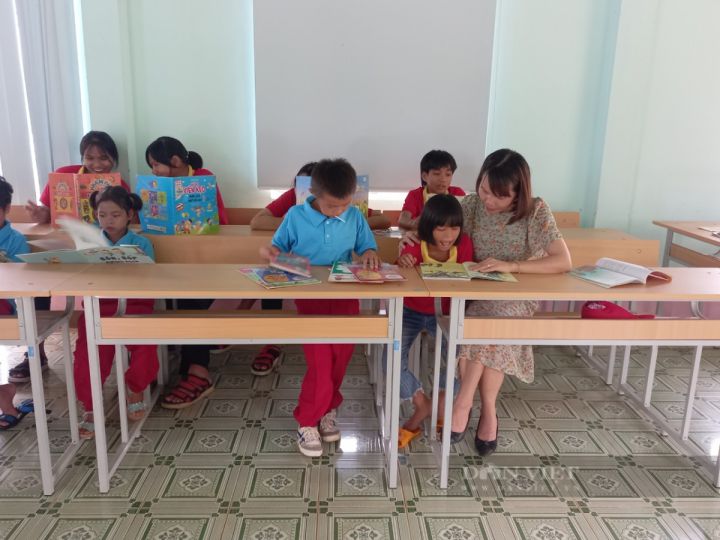
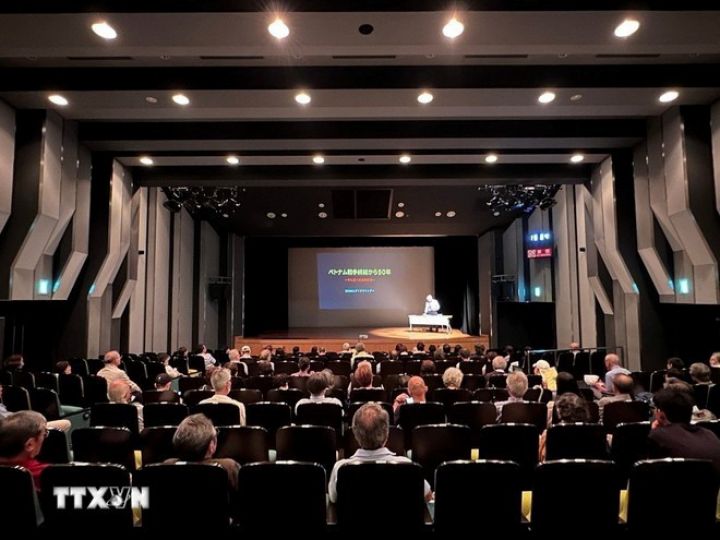

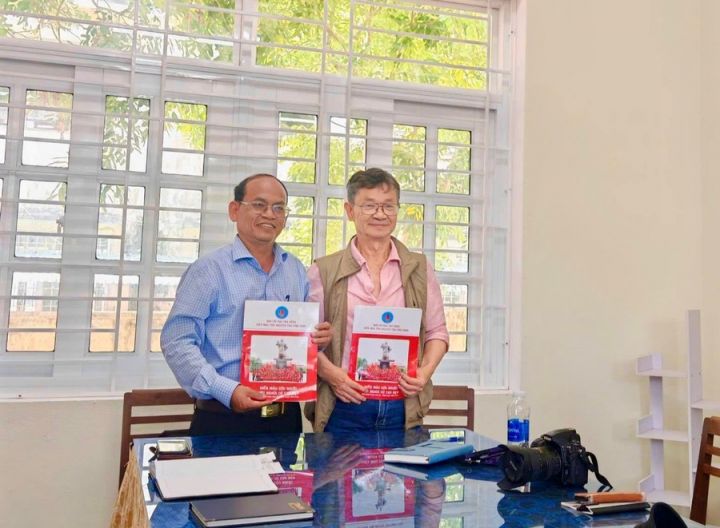

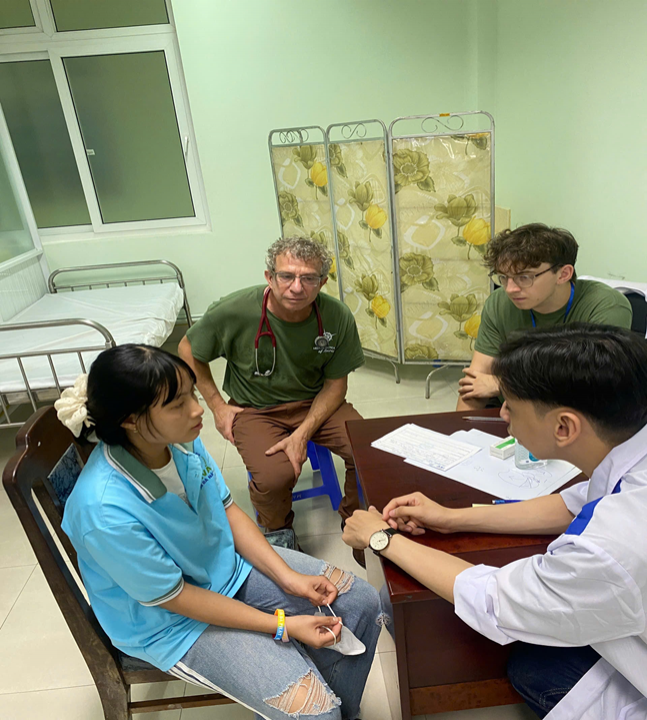











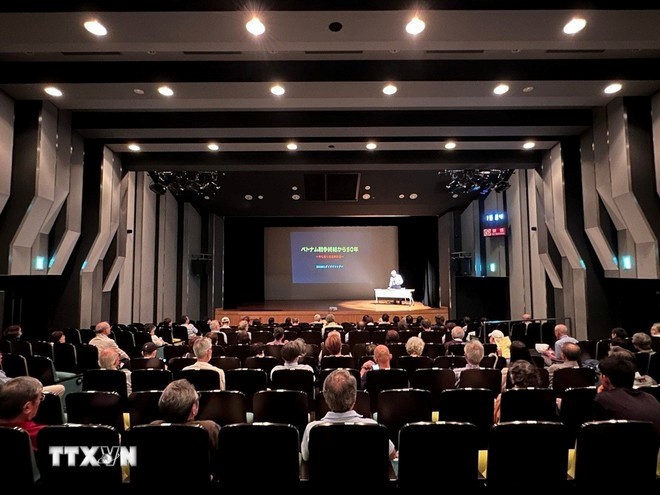
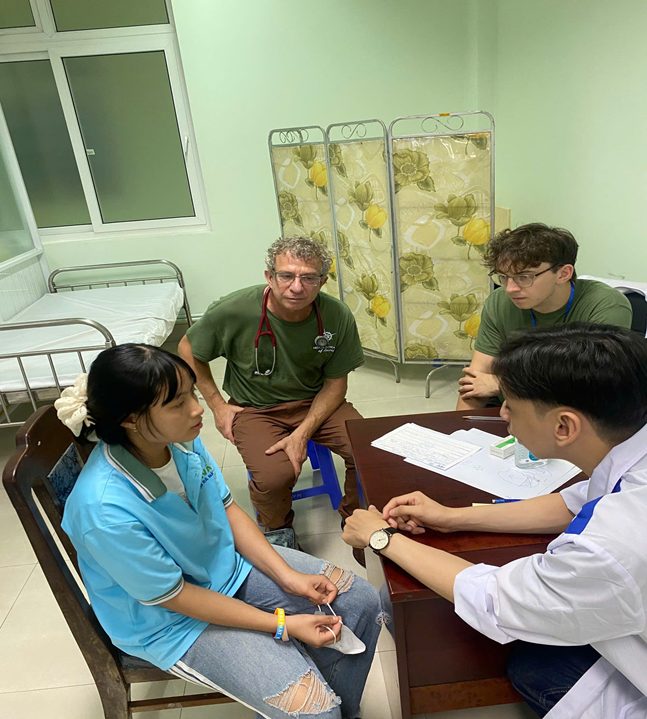
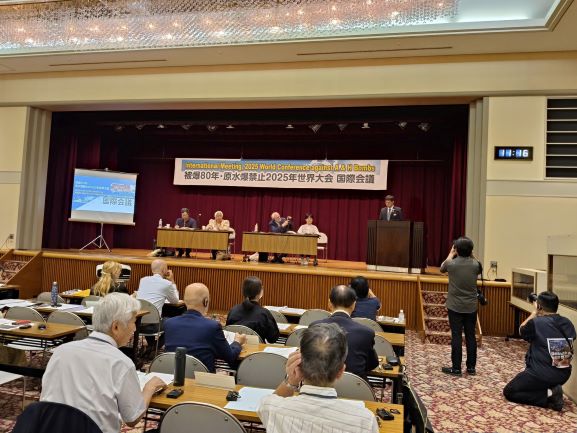


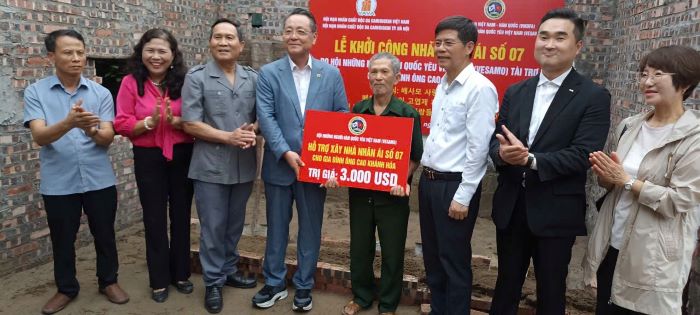





Comment